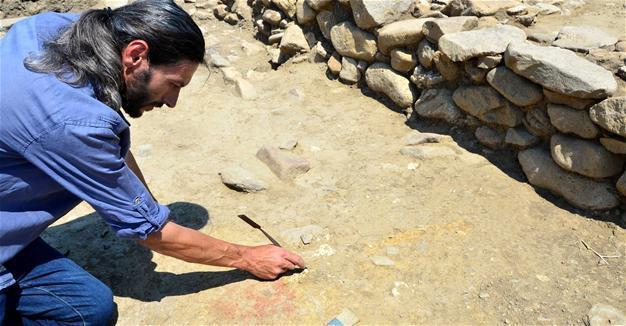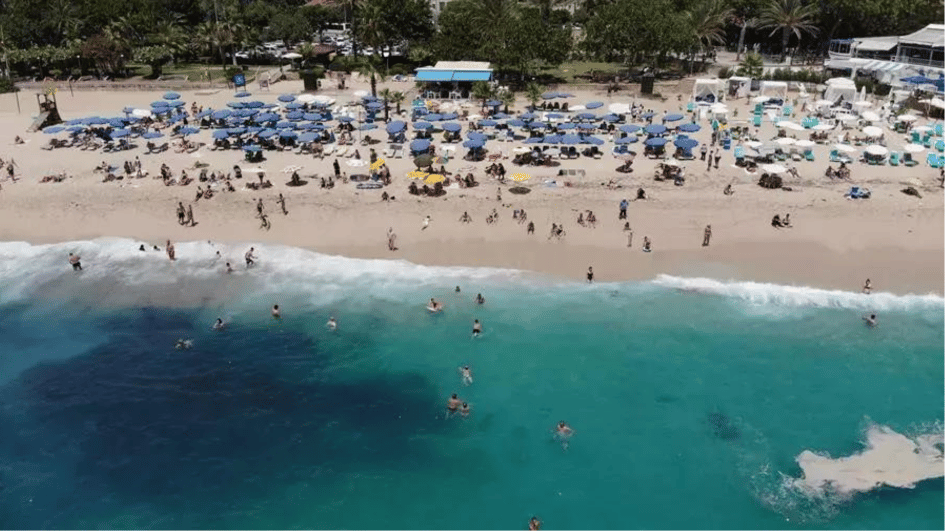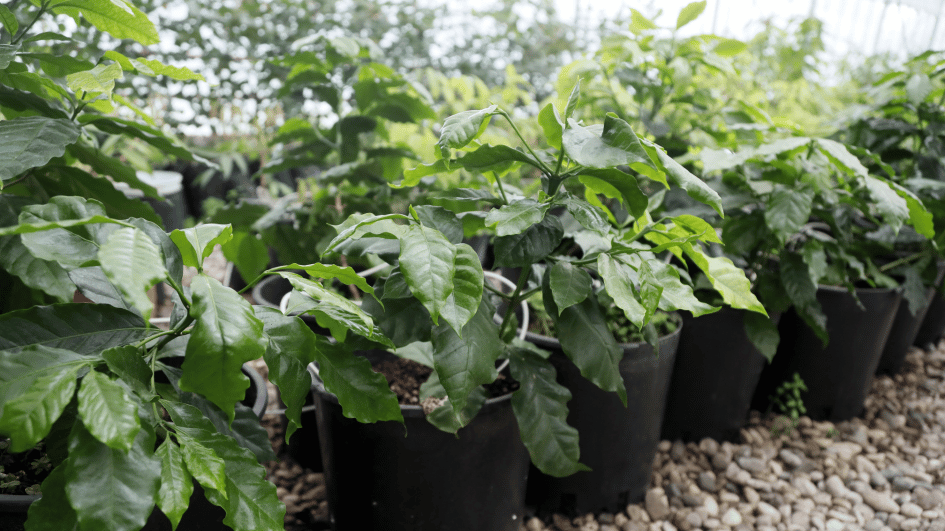Seven millennia-old structure discovered in Gökçeada
ÇANAKKALE – Anadolu Agency
 Excavations in the Uğurlu-Zeytinlik Mound in the northwestern province of Çanakkale’s Gökçeada (Imbros) island have unearthed a 7,000-year-old structure complex as well as 13 skeletons belonging to men, women and children in a large pit.
Excavations in the Uğurlu-Zeytinlik Mound in the northwestern province of Çanakkale’s Gökçeada (Imbros) island have unearthed a 7,000-year-old structure complex as well as 13 skeletons belonging to men, women and children in a large pit.Excavations in the field have been conducted since 2009 by a team headed by Burçin Erdoğu, the head of Trakya University’s archaeology department. Works there shed light on an unknown period on the Aegean island and western Anatolia.
Erdoğu said they reached important findings this year in the field. “This geography has the earliest settlement among eastern Aegean islands. We found an important structure complex with seven to eight rooms this year. The 5500s B.C. is a period of change and differentiation in western Anatolia, northwestern Anatolia and even in the Balkans. We can’t see this change everywhere in western Anatolia,” he added.
Erdoğu said the transition period was very apparent in Gökçeada.
“We know that architecture, potteries and settlement organization have changed in this transition period. Findings show us that this change was not too sharp in Gökçeada. The building complex that we found this year has seven-eight rooms. Our excavations will continue in this field. We don’t know much about this change in western Anatolia. We want to reveal an unknown period with these excavations,” he said.
Human skeletons in a pit
Erdoğu said they found many pits in the upper part of the excavation field, with human skeletons in one of them.
“There were many pits in the field. We found 13 human skeletons, including of those belonging to men, women and children. The skeletons were thrown to the pit. It was a surprise for us because graves or human skeletons from this period are not found too often in western Anatolia or in Greece. This is why we are so lucky; it was the first of its kind for us. We estimate that after a person is dead, they threw stones on the body and then the other person was put on top of it. It continued like that. This may be related to a burial tradition or maybe a disaster. We don’t know much about it,” he said.
Saying that skeletons were taken to Trakya University, he added that they would be examined to understand what they experienced along with DNA researches to also be conducted.
“The skeletons will be examined there. We will also make DNA researches in the Middle East Technical University [in Ankara]. Maybe we will understand the relations of these people, where they were born, where they lived and what their race was. There is a special building in this part of the settlement. There is a bull bucranium in the entrance. The ground of the building was specially made; it was lime. Actually we found many pits in the field. This pit was in the very front of the building and it was too big. We found the skeletons there. Maybe it was a special field. Maybe they lived in another field and performed their prayers in this field. These skeletons may be related to them. Maybe the situation is totally different. But this is a very interesting finding,” Erdoğu noted.
















